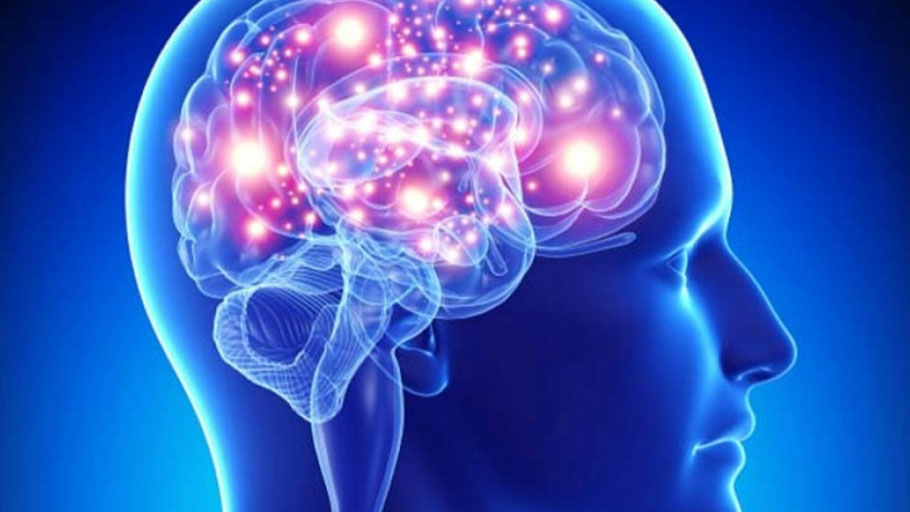Participants in white supremacist violence are overwhelmingly young and predominantly male.
By Daniel Keating, Salon —
The white supremacist uprising in Charlottesville shocked the nation, which watched with horror the angry, racist chanting, the threats of violence against groups seen as “the other” — and the use of a car as a terrorist weapon. The many parallels to Jihadist extremism are impossible to miss.
There is another significant convergence that often escapes our attention because it is so obvious: participants are overwhelmingly young, and predominantly male. Why? Research reveals deep similarities in the mindset driving these actions: strong social connections to comrades who see their cause as “sacred”; recruitment that appeals to adolescents and youth who are disconnected from and who feel disrespected or threatened by the larger society; and the influence of authority figures who provide validation.
Although active participation in extreme groups and activities, including violence, has many sources, we shouldn’t overlook recent research on brain development showing that “capturing the passion” is a central characteristic of adolescent and youth development – and that offer clues to how we can capture this passion for positive social goals.
Here are five key elements:
- The parts of the brain that are devoted to sensation- and reward-seeking become hyperactive in early to middle adolescence, dropping toward adult levels only by the mid-20s. This elevated sensitivity to arousal and rewards — rooted in the “bottom brain” or limbic system — is especially active when peers are involved, and particularly so in close social networks.
- The part of the brain that is responsible for impulse control and executive functions like thoughtful judgment — the “top brain” or prefrontal cortex — is not fully developed until the mid-20s, so its ability to compete with arousal and reward is relatively weaker. And, although this prefrontal brain system will eventually begin to govern many lower brain functions, this aspect of brain development also will take time to reach maturity. This competition between a “faster” reward- and sensation-seeking brain and a “slower” judgment-focused brain is like having a lot of accelerating power but few brakes.
- The “top brain” growth drives another desire based on expanding cognitive ability: a search for meaning that offers direction and purpose – again, more powerfully when tied to belonging to a group with similar goals.
- There is an increased vulnerability to anxiety and stress during adolescence, both because of the physical changes going on and because of the added stressors of navigating the adolescent world of peers and competition. This elevated stress is particularly active when youth feel disconnected and perceive themselves as being dismissed or disrespected by dominant groups. Seeking like-minded others, or being recruited into groups that offer meaning and comradeship, is a powerful antidote to feelings of being lost or threatened – even if its manifestation is disturbing or dangerous to the larger society.
- Compounding this effect is that adolescents and youth who suffered from early life adversity – making them less able biologically to cope with threats and with a stronger tendency to perceive threats that may be imagined rather than real – are the most vulnerable to recruitment by extremist groups.
The remedy: Capturing the passion for positive social goals
Dismissing violent extremism as inexplicable, or as mere moral failing (abhorrent as the behavior may be), blinds us to the fact that focused efforts to actively capture youthful passion do actually work. We need to realize that the core aspects of typical development that make individuals susceptible to recruitment by extremist groups – active engagement, connection, and meaning — are also major sources of resilience against stress.
Similarly inspired efforts on behalf of positive goals that offer social connection and meaning in a highly stressful time could capture this passion as well or better, making use of the same developing neural circuits. Much of this is already going on, in youth-inspired movements around climate change, resistance to authoritarian models, and social justice issues like inequality and mass incarceration. But adults need to do more to support these movements, especially in terms of inspirational leadership explicitly aimed at capturing youthful passion on behalf of progressive social goals. Making it clear to adolescents that they matter in the eyes of adult role models, and that their efforts matter for achieving meaningful goals in the wider world, are essential counterweights to growing extremism.
Also important: understanding better the perspectives of those segments of youth who feel disconnected, disrespected and threatened by social forces that they don’t control. As much as we loathe the angry chanting of “You will not replace us,” it will be important to understand what lies beneath this perception of threat — however contrived and magnified by demagogic leaders that sentiment may be. Confronting those views is an essential first step, but we need to go beyond that by ensuring that all adolescents and youth have viable pathways to success — a goal that is unfortunately far harder to achieve in our era of high inequality and low social mobility.
Daniel Keating is a professor of psychology at the University of Michigan. His most recent book is “Born Anxious: The Lifelong Impact of Early Life Adversity — and How to Break the Cycle.”















